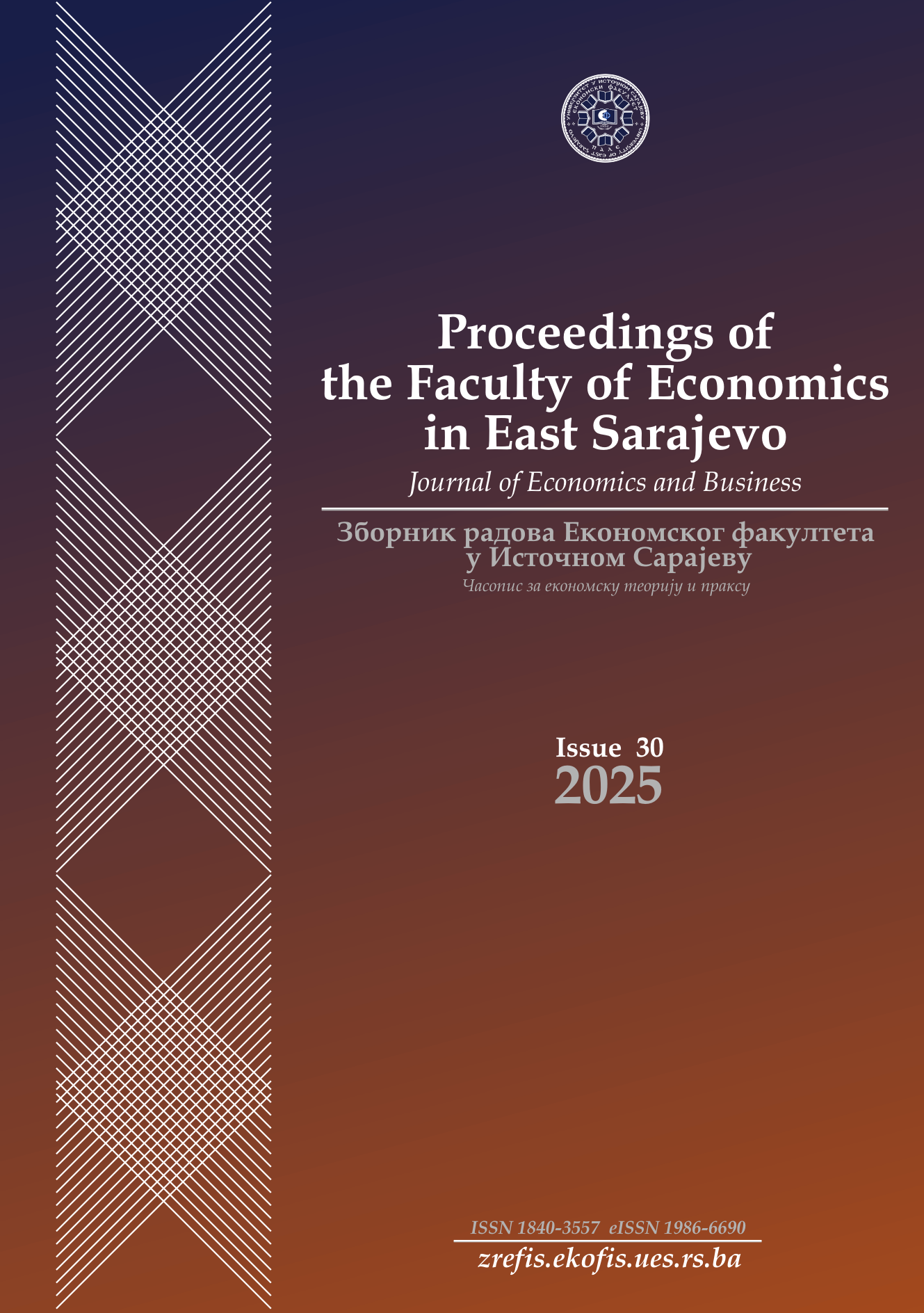PUBLIC EXPENDITURE ON HUMAN CAPITAL DEVELOPMENT IN NIGERIA
DOI:
https://doi.org/10.7251/ZREFIS2530059SAbstract
This paper analyzes the impact of public expenditure on human capital development in Nigeria from 1990 to 2022. Annual time series data were obtained from the Central Bank of Nigeria (CBN) Statistical Bulletin and UNDP Human Development Reports. The Auto-Regressive Distributed Lag (ARDL) technique was used to estimate the short- and long-run relationships. The ARDL model was used to capture both the short-run and long-run dynamics between public expenditure and human capital development. In the short run, lagged human capital index, mortality rate, and lagged education expenditure negatively influenced HDI, while in the long run, enrollment rate and mortality rate continued to have negative effects. For the human capital per person index, lagged education expenditure, health expenditure, foreign aid, and GCF were significant in the short run, with foreign aid and GCF exerting a positive effect while health expenditure negatively impacted the index. Public expenditure, particularly on education and health, plays a crucial role in shaping human capital development. However, mortality rates and low enrollment rates remain significant barriers, especially in the long term. Additionally, health expenditure has an unexpected negative impact on human capital per person, suggesting inefficiencies in healthcare spending.

